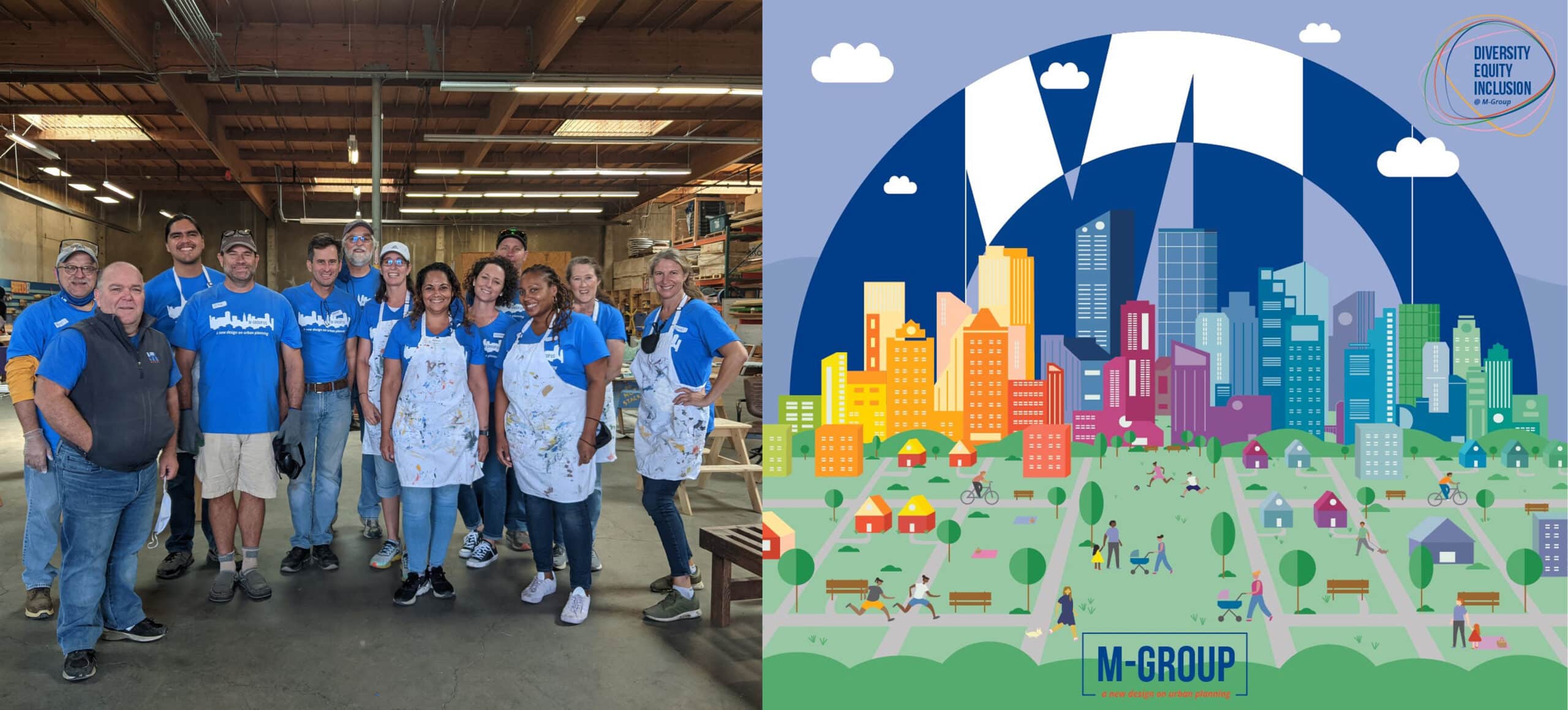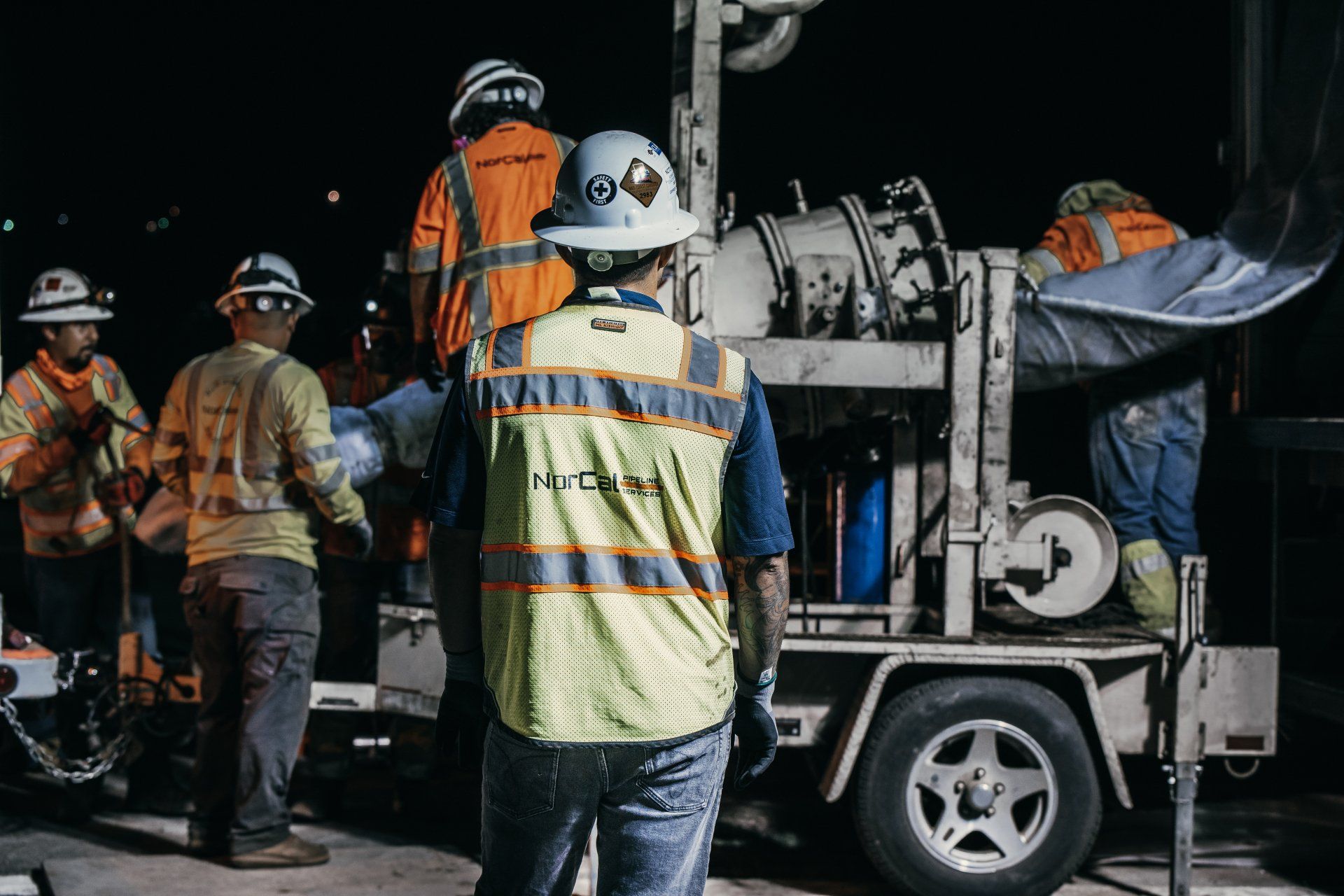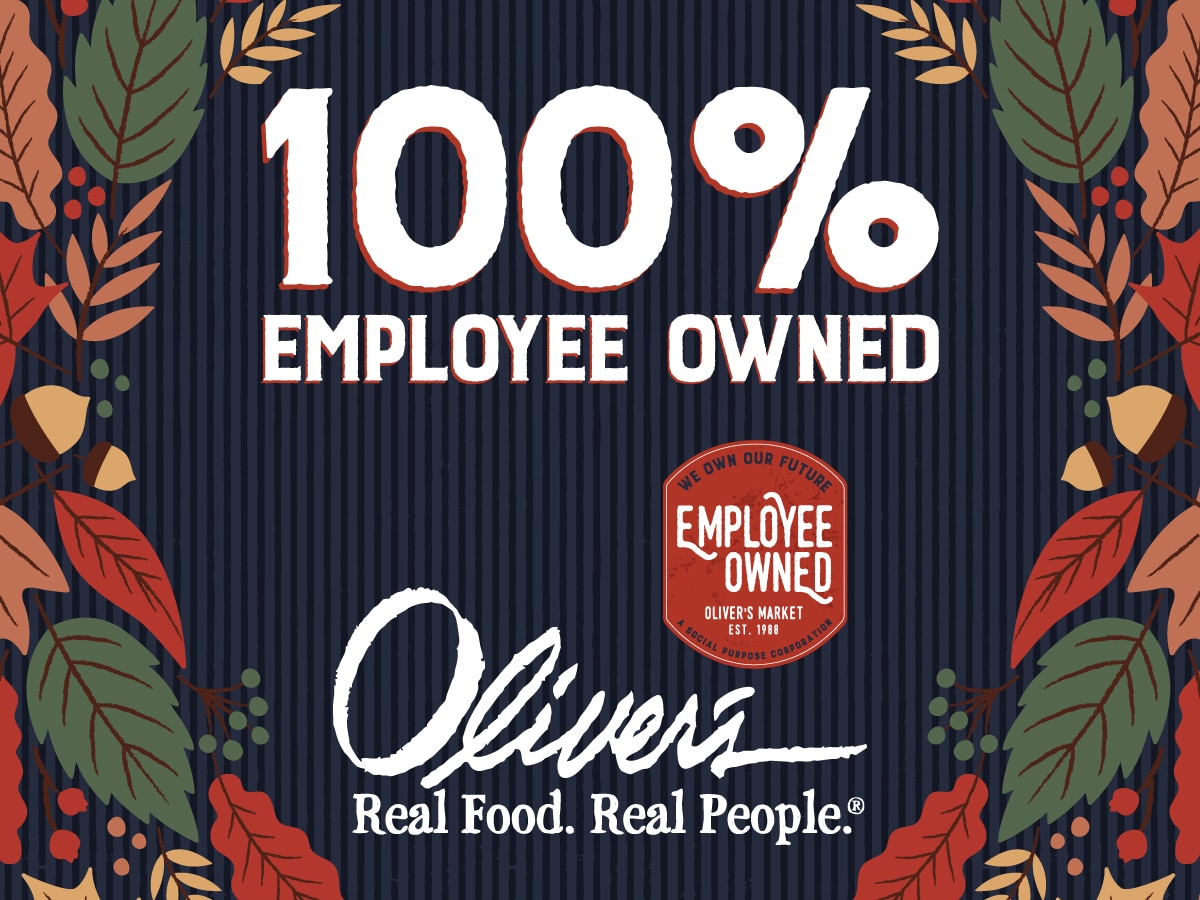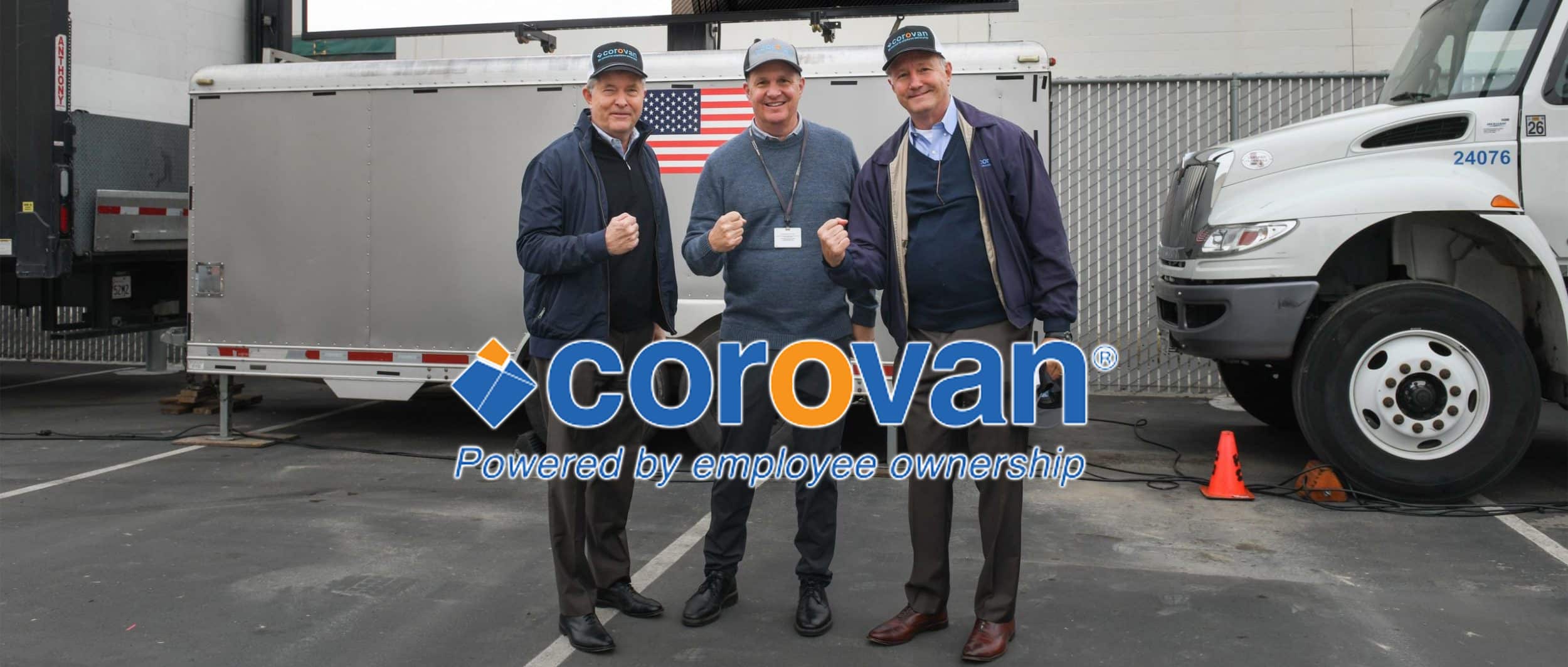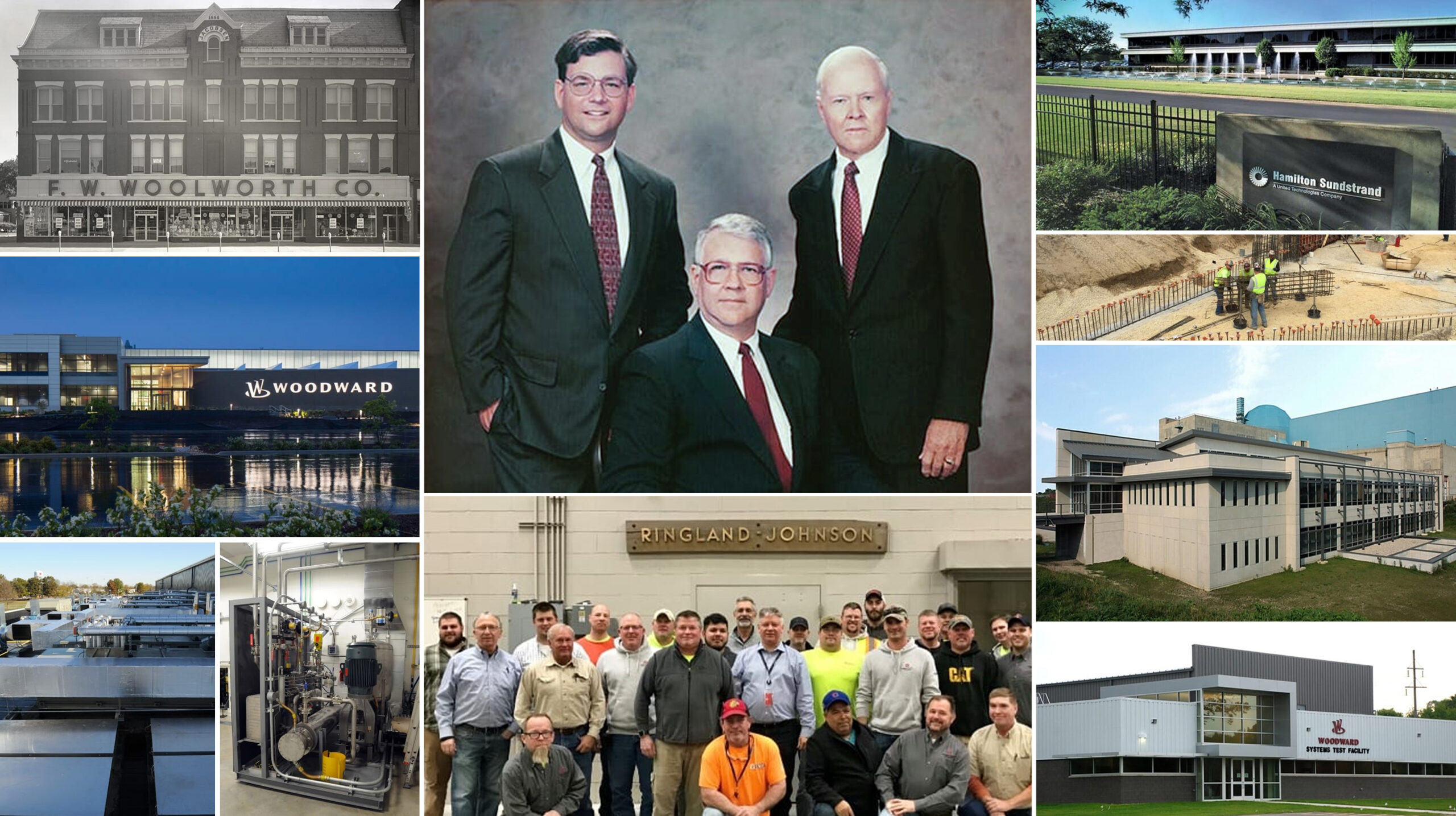Would you be interested in selling part or all of your stock in your company if you could sell it for more than twice what it is currently worth?
Case Study I: The Benefits of a Gradual Sale to an ESOP
We recently helped one of our clients do just that. Company X is a successful home health care company whose sales and profits have been growing at 15% per annum. The owner recently turned down an offer to sell his entire company for $6 million. Instead of selling the entire company now, we structured a transaction whereby the owner will sell 10% of his stock each year to an ESOP over the next ten years.
As a result of selling his stock on a year-by-year basis at increasing prices each year, the owner of this company will ultimately receive over $14 million dollars for his stock.

This result is not something that the owner could have achieved by selling to a competitor or by selling to a management buyout firm. An ESOP is the only buyer that is willing to buy your stock on a year-by-year basis.
Of course, if you want to sell 100% of your stock today and retire from the business, an ESOP can do that also. An ESOP can pay you the same price as any third party. But in the case of a sale to an ESOP, the net proceeds to you will be 20% to 25% greater due to a special tax provision that enables you to avoid or defer paying any capital gains tax on the sale by rolling over your proceeds, tax-free, into other stocks or bonds.
Case Study II: Becoming Tax-Exempt through a 100% Sale to an ESOP
An ESOP can be used to reduce or eliminate all or most of a company’s income taxes. Under legislation enacted in 2001, if a corporation elects S status, all of the earnings of the company attributable to its ESOP will be exempt from state and federal income taxes. Thus, if an ESOP acquires 100% ownership, all of the company’s income will be exempt from state and federal income taxes.
One of our clients recently consummated a 100% sale transaction that took maximum advantage of both of these tax savings. Company Y is a successful manufacturer of computer components. Earlier this year a NY based buyout firm negotiated to buy this firm for $40 million. However, the transaction fell through because the company did not have successor management in place, and the buyout firm did not want to take on the risk of hiring new management.
We were able to accomplish the owners’ objectives by structuring the sale as a 100% ESOP buyout. The owners elected tax-free rollover treatment, thus saving $8 million in federal and state capital gains taxes.
Immediately following the buyout, the company switched to S status, thus rendering the company’s earnings exempt from federal and state income taxation. Over the next ten years, the company will save about $10 million in state and federal income taxes. These savings will be more than enough to enable the company to pay back the seller notes ($8 million) that were used to finance 20% of the purchase price. And, in the meantime, the company will have more than enough time to recruit and train successor management.
As in most cases that we structure, we also designed a Management Stock Bonus Plan that will help the company recruit and lock in key management. Under this plan, over the next ten years, key employees of Company Y will be able to acquire restricted shares for up to 25% ownership of the company, based upon performance criteria.
Case Study III: Combining a Management Buyout with an ESOP Buyout
Sometimes the best of both worlds is achieved by combining a management buyout with an ESOP buyout. For example, Company Z is a successful 20 year-old engineering firm that was still owned by the three original founders. Over the past several years the company experienced a steady exodus of key employees due to the lack of ownership opportunities. The three owners were interested in selling their stock. However, the key employees lacked the necessary funds to buy them out.
In this case we designed an exit strategy that combined a simultaneous ESOP purchase with a management buyout. The first step was to set up an ESOP and have it purchase 52% of the stock for about $2.5 million. The sellers elected tax-free rollover treatment. The company then switched to S status, and the key employees purchased the remaining 48% directly from the founders in exchange for seller notes payable over a period of seven to ten years. Each year hereafter, the key employees will receive their share of the company’s distributable earnings and will use their after-tax proceeds to pay off the seller notes.
Our staff would be delighted to work with you and your company to design a liquidity strategy that will best accomplish your liquidity and business succession objectives. More information can be found in the ESOP Information Section of our website where you can also watch our most recent web seminar entitled The ABC’s of ESOPs. If you are interested in obtaining our free booklets, please give us a call at (800) 347-8357. If you are interested in a Free Preliminary Analysis, please fill out our Confidential Feasibility Questionnaire.
Very truly yours,
John D. Menke
President



